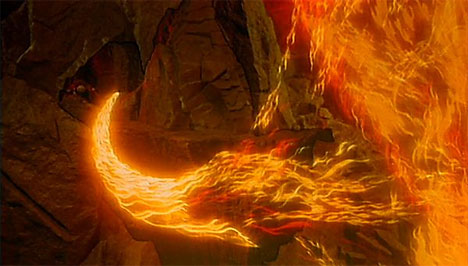Living Stones – 1
1 Peter 2:4-10 | Sermon Notes
Cut and Uncut Stones
4 As you come to him, the living Stone—rejected by humans but chosen by God and precious to him—
Peter’s use of the stone image should bring many Old Testament images to mind:
- the precious stones of Havilah, intended to be mined from the Land to glorify the sanctuary [1]
- the false stones of Babel (they had brick for stone)
- Jacob’s head on the altar stone, in a deep sleep
- Jacob’s raising of an altar stone in Bethel: “And this stone which I have set as a pillar shall be God’s house, and of all that You give me I will surely give a tenth to You.”
- Zipporah’s sharp stone of circumcision
- Moses enthroned on a stone at the defeat of Amalek
- Israel’s altars of stone (one stone for each tribe) at Sinai and Carmel
- The precious stones on the breastplate of the High Priest
- The tablets of stone carrying the ten words
- The stones of the “Levitical” house in the city filled with plague
- The stones of judgment, the ground itself as a witness executing transgressors outside the camp
- The black and white stones in the ephod
We have two types of stones: uncut stones (altar, judgment – the Law) and cut, or precious, stones (glory and riches – Grace).
It was forbidden to use worked stones to build holy altars.
“If you make an altar of stones for me, do not build it with dressed stones, for you will defile it if you use a tool on it.” (Exodus 20:25)
These raw stones represent Adam, drawn “raw” from the Land, before he was cut and bloodied under the “raw Law” (stoicheia). Worked stones are Adams prepared to construct the “bridal” Temple. They are not decorative gemstones, but they are indeed precious.
The Jews (“men”) misjudged Jesus and rejected Him as a rough stone, when in fact He was precious. They looked on His outward appearance and found nothing to esteem. But He was already cut, a worked stone, a circumcised heart, the founding work on a Temple for the Spirit.
5 you also, like living stones, are being built into a spiritual house to be a holy priesthood, offering spiritual sacrifices acceptable to God through Jesus Christ.
Jesus built a house for the Spirit, a “Mosaic Tabernacle” made of His disciples. He filled the house with fire at Pentecost, and it came alive. Once purified, it was ready to be decorated, robed as a bride.
Gemstones are also stones filled with fire — living stones — but they are not united by the mason. They are united on the body of the Bridegroom. These reflect the light of God, and so can enter into the tent, carried upon the High Priest. Adam was supposed to be robed in glory, not bloody skin.
The famous “gemstone” passage in Ezekiel 28 doesn’t refer to Satan. Nor does it refer precisely to the king of Tyre. It is prophetic sarcasm, aimed at the Edenic Sanctuary built by Solomon.
“You were in Eden, the garden of God; Every precious stone was your covering: The sardius, topaz, and diamond, Beryl, onyx, and jasper, Sapphire, turquoise, and emerald with gold. The workmanship of your timbrels and pipes Was prepared for you on the day you were created.” Ezekiel 28:13
The precious materials for Solomon’s Temple were mined and carried from Tyre. The “king of Tyre” here was the corrupt High Priest, who had capitulated to the false gods of Tyre, reversing the influence of Solomon upon king Hiram. It was reverse evangelism, just as Satan promised a false glory to Adam and to Jesus if they would capitulate to him.
But we have a faithful High Priest, a stone not worked by lawless men but cut by the finger of a lawful God, an Adamic altar stone “cut out without hands,” and glorified with Evian gemstones, stones mined and cut from the Land of Israel — His glorious offspring. Unlike Adam, He has no need to cover Himself and hide.
“Here am I and the children whom God has given Me.” (Hebrews 2:13) [2]
____________________________________
[1] See Worship as Commerce.
[2] See Pilgrim’s Egress for how this “corporate salvation” is overlooked in Bunyan’s allegory.



























November 30th, 2011 at 1:25 am
Nice, Mike.